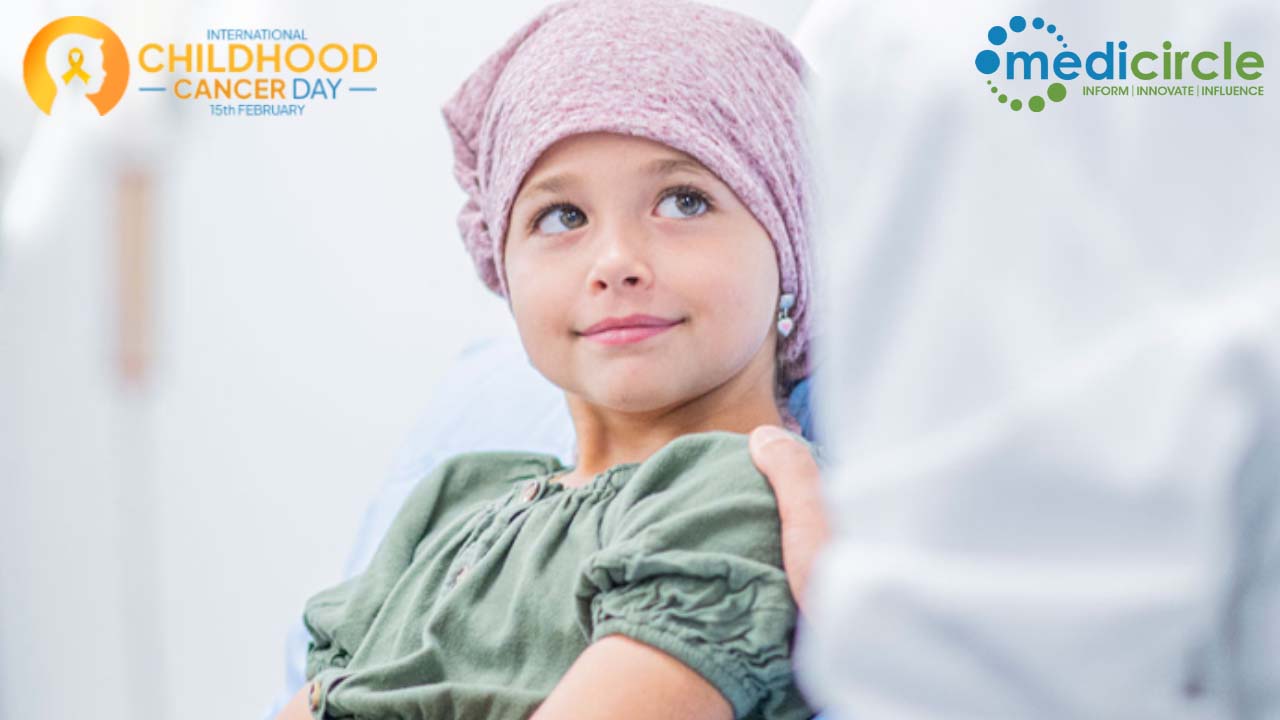Every year 15th February is marked as International Childhood Cancer Day. International Childhood Cancer Day is a global collaborative campaign to raise awareness about childhood cancer and to express support for children and adolescents with cancer, the survivors, and their families.
Facts
Every year, more than 4,00,000 children and adolescents below 20, are diagnosed with cancer. The rate of survival depends on the region, with 80% survival in most High-Income Countries but as low as 20% only in Low- and Middle-Income Countries. The lower survival rate in low and middle-income countries is because of barriers to early diagnosis, inability to accurately diagnose, poor access to healthcare facilities, and inability to initiate treatment promptly.
The burden of Childhood cancer
India is home to at least 20% of the global childhood cancer burden, with nearly 75,000 kids getting cancer every year, according to the World Health Organisation (WHO). Non-communicable diseases, including cancer, account for nearly 50% of the total deaths among children aged between 5 years and 14 years.
In spite of advanced research that has made cancer treatment more effective, India continues to have a low success rate in childhood cancers. Lack of awareness, expensive healthcare, and treatment refusal are among the prime reasons for this delay in seeking the right medical care. Awareness and access to quality healthcare can improve this situation to the next level.
The most common types of childhood cancers are leukemia, brain cancers, lymphomas, and solid tumours like neuroblastomas and Wilms tumours. Unlike adult malignancies, childhood cancers do not have a known cause in the majority of cases. Only 10% of cases are due to genetic reasons. Childhood cancers cannot be prevented nor identified through screening.
Symptoms of childhood cancer
- Unexplained weight loss
- Persistent pain in bones, joints, or legs
- Lump/mass in the abdomen, chest, neck, or pelvis
- Excessive bruising or bleeding
- Prolonged fatigue
- The whitish appearance of the pupil
In infants and children less than one year, neuroblastoma appears to be one of the most common cancers while in children between 1-4 years, leukemia is more common, and in children aged between 9-16 years, bone cancers are common.
Treatment
- Surgery
- Chemotherapy
- Radiotherapy
The Target Goal of the WHO Global Childhood Cancer Initiative is to eliminate all pain and suffering of children fighting cancer and achieve at least 60% survival for all children diagnosed with cancer around the world by 2030. This represents an approximate doubling of the current cure rate and will save an additional one million children’s lives over the next decade.

 Every 3 minutes, a child dies of cancer. Think about it. This International Childhood Cancer Day, let’s stand united to make childhood cancer a national and global child health priority and secure our future.
Every 3 minutes, a child dies of cancer. Think about it. This International Childhood Cancer Day, let’s stand united to make childhood cancer a national and global child health priority and secure our future. 









.jpeg)

.jpeg)
.jpeg)
.jpeg)

.jpeg)
.jpeg)
.jpeg)
_(1).jpeg)

_(1)_(1)_(1).jpeg)
.jpeg)
.jpeg)
.jpeg)






